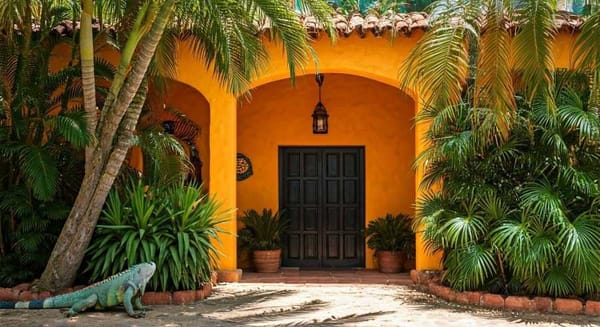Mexican regional music, from 'guilty taste' to a genre recognized around the world
Regional Mexican music has always belonged to the people but for many years it was seen as "a guilty pleasure", which is happening increasingly seldom.

Regional Mexican music has always belonged to the people but for many years it was seen as "a guilty taste", something that is happening less and less every day since, as a music journalist and Spotify Mexico editor Uriel Waizel considers, "we all know one from Cristian Nodal and one from Banda MS". "Regional Mexican music is always there for the whole family. Although there are people who do not recognize it and say that it is a guilty pleasure, at the very moment when the songs that are in fashion are danced at a party, 'we take off our masks and enter the deep roots of Mexico, where we all know one of Cristian Nodal or one of Banda MS," said the expert in the interview with Efe.
Regional Mexican music is a link between generations that is constantly growing in the number of listeners and sub-genres that reflect that this style is part of the daily life of many people in Mexico and around the world. Even so, there are sectors of society that do not recognize these sounds as part of the "mainstream", do not make room for them, or do not see their relevance, something that the company's main editor in Mexico associated with an imposed history of music.
"I grew up with a Mexican television station that pulled into a culture of song figures, children's groups, a little bit of rock. A very totemic culture that said what was acceptable, a national discourse of this Mexico that tends to be aspirational and that sees the culture of the provinces sideways," he explained. According to him, that discourse became solid and became "the truth", while the regional one existed - for two centuries - and grew, remembering the country's multiculturalism, which assumed as its own the European violins or the polka that arrived from Germany to the north of Mexico, among many other elements.
The figures speak for themselves in songs that became iconic: "Adiós Amor" by Cristian Nodal has 993 million views on Youtube and "Jefe de jefes" by Los Tigres del Norte has 100 million, among many other hits of the genre. "In Mexico, Cristian Nodal and Bad Bunny are equally well known," he said.
An evident growth
And the music industry has been realizing this for some years now: record companies are looking to sign yesterday's and today's artists from the Mexican regional and the international awards already have categories that reward this type of music. It is necessary to know, said the expert, that the regional music includes many genres such as band, mariachi or sierreño, something that Spotify condensed in "La Reina", a playlist in which they sought to place the jewels of the crown, both current hits, and classics, to create a meeting place and give value to the genre.
"We realized that we needed a centerpiece and that the industry and the public would notice it. For many reasons, we called it 'La Reina' and I see it as a centerpiece. And the artists and the industry are beginning to recognize it as a place they want to be, a place that consolidates the successes of the regional," explained Waizel. About the regional music at present, the expert said that every day great young talents are coming out who diversify the genre through their new contexts mixed with great classics that they heard since they were little.
As is the case of Natanael Cano, who represents the corridos tumbados, a phenomenon that occurs on the border with the United States, where it is reflected that the streets of northern Mexico and the southern U.S. speak the same language.
Or Angela Aguilar, who at 17 years of age has already participated in the Latin Grammy Awards singing "La Llorona" and honors a whole family lineage that is deeply involved in regional music. All of them create new proposals that bring the youth closer to the sounds of the Mexican people and raise the profile of Mexican regional music, making many young people approach the classics through their music.
In addition, they renew the language and the theme - which in some cases fail to represent the old and obsolete - something that Spotify tries to reinforce and reflect in their musical selections. For the publisher, this list is very relevant because it condenses the effort that the company is putting into giving value to Mexican regional music and in general to all the sounds of the country. Soon they plan to create albums of huapangos, veracruzano, pre-Hispanic music, or danzones, looking for Spotify Mexico to function as a catalog faithful to the reality of the country's music and that the listener can get to know it "from A to Z".




